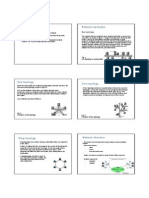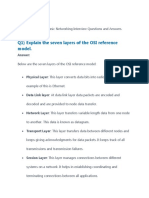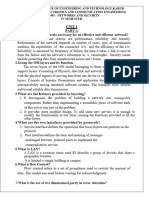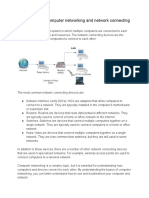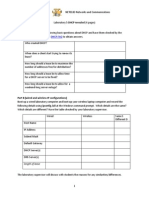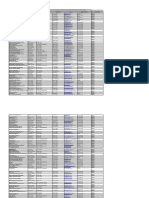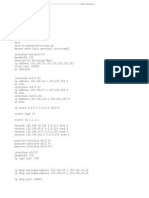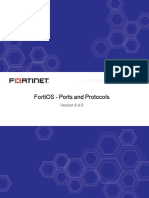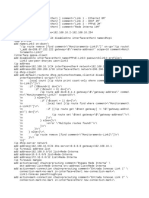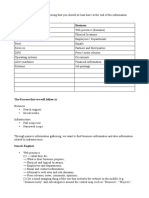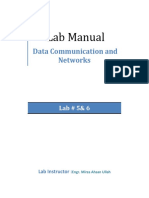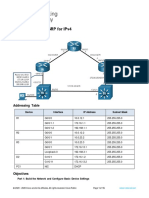0% found this document useful (0 votes)
13 views4 pagesClass Xi It-Assignment 03
The document outlines an IT assignment for Class XI, detailing topics such as the differences between Ring and Star topologies, Switches and Routers, and the layers of the Internet Protocol Suite. It includes multiple choice questions and short answer prompts related to network concepts and security measures. Additionally, it provides a solved case-based question regarding strategies to prevent cyber-attacks.
Uploaded by
mrtridipkumatiCopyright
© © All Rights Reserved
We take content rights seriously. If you suspect this is your content, claim it here.
Available Formats
Download as PDF, TXT or read online on Scribd
0% found this document useful (0 votes)
13 views4 pagesClass Xi It-Assignment 03
The document outlines an IT assignment for Class XI, detailing topics such as the differences between Ring and Star topologies, Switches and Routers, and the layers of the Internet Protocol Suite. It includes multiple choice questions and short answer prompts related to network concepts and security measures. Additionally, it provides a solved case-based question regarding strategies to prevent cyber-attacks.
Uploaded by
mrtridipkumatiCopyright
© © All Rights Reserved
We take content rights seriously. If you suspect this is your content, claim it here.
Available Formats
Download as PDF, TXT or read online on Scribd
/ 4


























